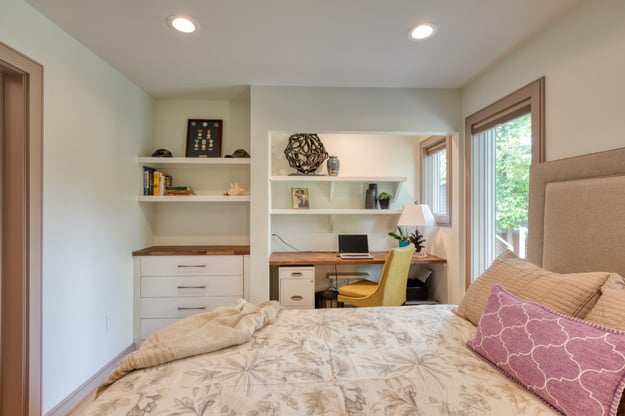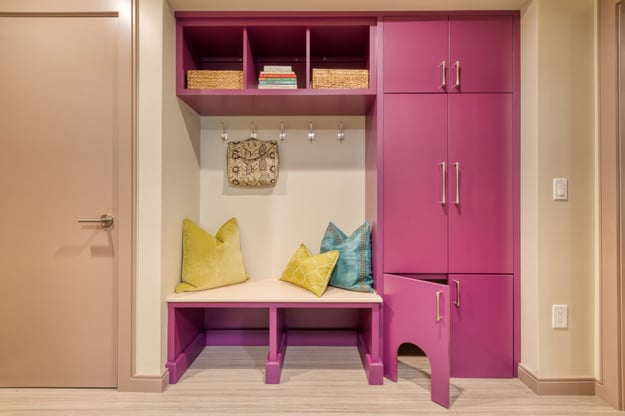Too often, designers and homeowners think of a home renovation as a finished product.
In reality, the most successful renovations are those that are driven not by images or broad themes, but by how the space functions. Successful design gives the homeowner the building blocks to make the space work for the way they live. By allowing function to drive design, designers and homeowners can craft a master plan for spaces that work well for now but leave room for change later. As families grow and shrink, their use of space changes. Designing with flexibility allows for a home to change naturally over time. While it is tempting to chase the beautiful images we see online, in print, and on TV, keeping an open mind to spaces that allow for change down the road can be valuable.

Designers and homeowners should work in tandem to identify the strengths of the existing home and build around those strengths. A successful home remodel or addition will add new layers of structure, function, and aesthetics. By giving a home the necessary good bones and systems, homeowners will create great value for themselves and potential future owners.

While each home renovation is unique and should be an expression of the individual involved, homeowners will benefit from thinking of their space as living objects. How can the design decisions we make today inform future uses of the space? How does a space maximize function without limiting future alterations and uses? While these sorts of questions may seem paralyzing in design, it is important that designers and homeowners alike take time to craft a space that is flexible and useful for today and for the future.
By Adam Wilbanks
Leave A Comment